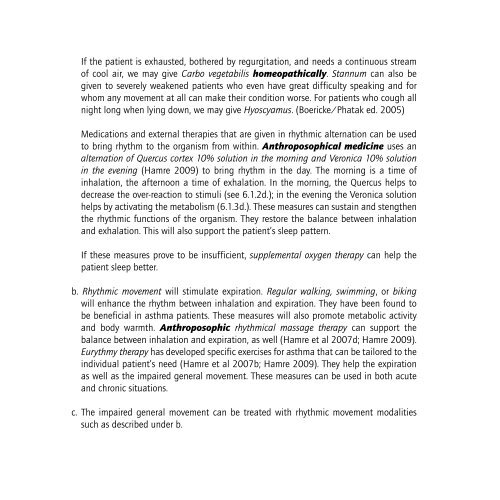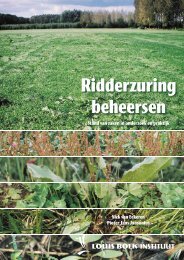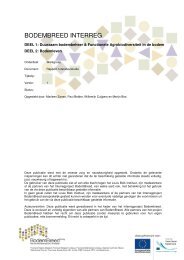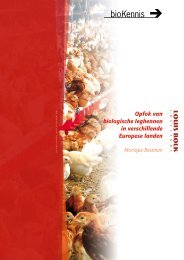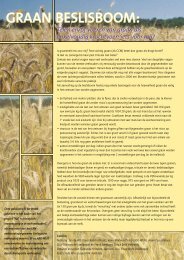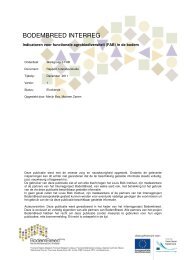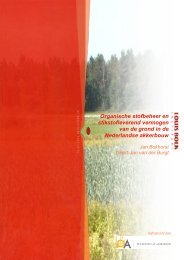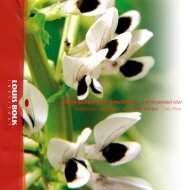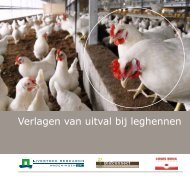Respiratory System Disorders and Therapy From a New - Louis Bolk ...
Respiratory System Disorders and Therapy From a New - Louis Bolk ...
Respiratory System Disorders and Therapy From a New - Louis Bolk ...
Create successful ePaper yourself
Turn your PDF publications into a flip-book with our unique Google optimized e-Paper software.
If the patient is exhausted, bothered by regurgitation, <strong>and</strong> needs a continuous stream<br />
of cool air, we may give Carbo vegetabilis homeopathically. Stannum can also be<br />
given to severely weakened patients who even have great difficulty speaking <strong>and</strong> for<br />
whom any movement at all can make their condition worse. For patients who cough all<br />
night long when lying down, we may give Hyoscyamus. (Boericke/Phatak ed. 2005)<br />
Medications <strong>and</strong> external therapies that are given in rhythmic alternation can be used<br />
to bring rhythm to the organism from within. Anthroposophical medicine uses an<br />
alternation of Quercus cortex 10% solution in the morning <strong>and</strong> Veronica 10% solution<br />
in the evening (Hamre 2009) to bring rhythm in the day. The morning is a time of<br />
inhalation, the afternoon a time of exhalation. In the morning, the Quercus helps to<br />
decrease the over-reaction to stimuli (see 6.1.2d.); in the evening the Veronica solution<br />
helps by activating the metabolism (6.1.3d.). These measures can sustain <strong>and</strong> stengthen<br />
the rhythmic functions of the organism. They restore the balance between inhalation<br />
<strong>and</strong> exhalation. This will also support the patient’s sleep pattern.<br />
If these measures prove to be insufficient, supplemental oxygen therapy can help the<br />
patient sleep better.<br />
b. Rhythmic movement will stimulate expiration. Regular walking, swimming, or biking<br />
will enhance the rhythm between inhalation <strong>and</strong> expiration. They have been found to<br />
be beneficial in asthma patients. These measures will also promote metabolic activity<br />
<strong>and</strong> body warmth. Anthroposophic rhythmical massage therapy can support the<br />
balance between inhalation <strong>and</strong> expiration, as well (Hamre et al 2007d; Hamre 2009).<br />
Eurythmy therapy has developed specific exercises for asthma that can be tailored to the<br />
individual patient’s need (Hamre et al 2007b; Hamre 2009). They help the expiration<br />
as well as the impaired general movement. These measures can be used in both acute<br />
<strong>and</strong> chronic situations.<br />
c. The impaired general movement can be treated with rhythmic movement modalities<br />
such as described under b.


